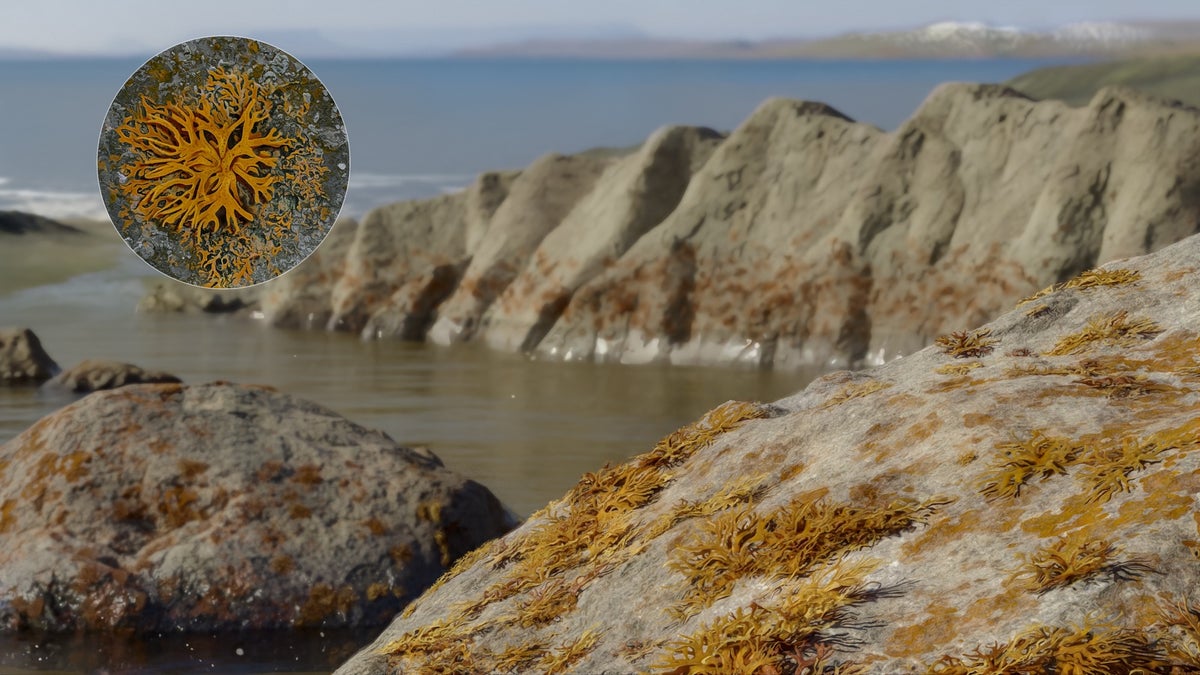
"Around 410 million years ago, terrestrial life was relatively simple. There were no forests or prairiesland was largely dominated by slimy microbial mats. The types of plants that would eventually give rise to trees and flowers had only just evolved and would take another several million years to fully flourish and diversify. A new discovery is rewriting the story of how these vascular plants, as they are called, spread onto land."
"The discovery, published recently in Science Advances, settles a question that had been open for over a century, says paleontologist Geovane Gaia, of the Institute of Geosciences at the State University of Campinas in Brazil, who was not involved with the research. Until now, most people thought lichens appeared only after vascular plants, but this study shows they were already there at the beginning, literally helping prepare the ground for plant life."
"Lichens are the symbiotic result of fungi and photosynthetic algae or cyanobacteria working together. Today that amalgam helps churn lifeless rocks and sediments into nutrient-rich soil everywhere from polar deserts to tropical forests, says study lead author Bruno Becker-Kerber, a paleontologist at Harvard University. Vascular plants have tissues that funnel those soil nutrients from the ground to their stems and leaves."
Spongiophyton fossils now appear to represent a lichen-like organism present about 410 million years ago. The organism likely combined fungal and photosynthetic partners, enabling chemical and physical weathering of rocks and sediments into nutrient-rich soil. That early soil formation created conditions that allowed vascular plants, which move nutrients through internal tissues, to establish and diversify on land. The lichen interpretation resolves a long-standing uncertainty about Spongiophyton's nature. Soft-bodied lichens rarely fossilize, making identification difficult, but preserved surface structures and pores support a lichen affinity. Early lichen activity would have accelerated terrestrial ecosystem development and plant colonization.
Read at www.scientificamerican.com
Unable to calculate read time
Collection
[
|
...
]